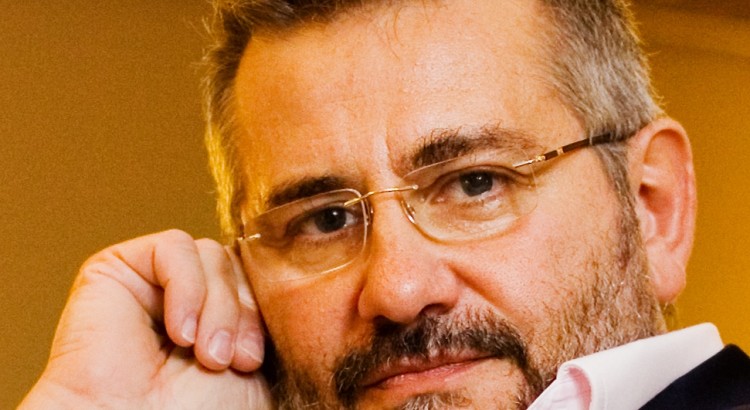Adriano Henney is Executive Director at Virtual Physiological Human Institute and Programme Director of the German Virtual Liver Network at the University of Heidelberg.
Can you summarise your career path?
My PhD is in Medicine (Cardiovascular Pathology), and I have spent many years researching cardiovascular disease at the pathological, cellular, molecular and genetic level in academic laboratories in London, Cambridge and Oxford. I spent 13 years in the industry, firstly in cardiovascular drug discovery, but ultimately leading global programmes exploring strategic improvements aimed at reducing drug failure in development. This resulted in the creation of a new department focusing on pathway mapping and modelling, which I headed. This department established the practice of Systems Biology, one of the first in the industry at that time, supporting projects in discovery and development. On leaving the company, I continued to pursue my interest in Systems Biology and Systems Medicine as director of the €50M German national flagship programme, the Virtual Liver Network and as Executive Director of the Virtual Physiological Human Institute, a not-for-profit organisation.
Where do your best ideas emerge from?
Listening to others and their experiences. Applying that learning to the context of my own interests, thinking laterally as necessary
Who or what had or has had the strongest positive influence on your career and work?
I have enjoyed the support and mentor ship of many people, who at times have influenced my thinking and helped me develop my strategic thinking- it would be invidious to name names. Undoubtedly working always at the interface of medicine and science, always looking at how optimally to apply the latter to improve practice in the former has been my driving interest.
What do you consider the greatest challenge or hurdle for progress in your field?
Communication in clear, unambiguous terms what modelling and simulation can deliver, how it can benefit 21st Century medical practice, and why it needs to be seen as an essential component of modern medical science and practice. This together with delivering compelling case studies as proof of principle are keys to success.
What are, in your opinion, the opportunities, directions or decisions that are vital to progress systems medicine?
The opportunity is the crisis in healthcare caused by the prevalence of chronic, complex disease in an increasingly ageing population, and the failure to deliver safe, effective novel medicines to treat such diseases. Demonstrating that modelling and simulation can have an impact here is one direction that needs to be followed. But this is built on the fundamental need to use a Systems Medicine approach to put molecular detail into its proper physiological context.
Tell us what would have to happen in your work for you to say “A dream has come true!”?
1) Mechanistic modelling and simulation approaches to be accepted and adopted routinely in the pharmaceutical industry and for them to have a tangible impact on improving the delivery of new medicine.
2) Complex models to be made available to medical practitioners in simple to use \”App\” forms as an aid to decision making, and for them to be adopted routinely.
If you could not be a scientist, what would you like to be?
Professional fine art and underwater photographer.
What was your greatest experience as a scientist?
Being the first group to highlight the role of matrix metalloproteinases in vascular remodelling and predisposition to atherosclerotic plaque rupture.
With which historical person, politicians or celebrity would you like to have a dinner and discuss your work?
Leonardo da Vinci, the original polymath and lateral thinker. An astonishing renaissance man.
Would you be happy to share something about your private life and activities in your spare time?
Interests outside work are cooking, reading, watching football and playing golf when I can. I took up scuba diving in 2008, achieving PADI Master Scuba Diver Certification within 18 months, and completing my PADI DiveMaster qualification, the first Professional diving certification, in July 2013. I am a qualified Instructor in Emergency First Response, Primary and Secondary Care and Care for Children. I am now perfecting my skills as a digital underwater photographer, and fine art landscape photographer, both of which are rapidly becoming my major extracurricular interests.
